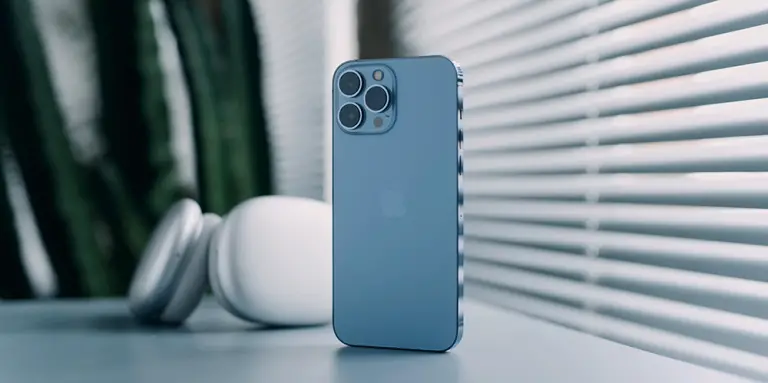We all understand that each person’s use case can vastly differ from one another when it comes to the type of data stored on our phones. And unlike Android phones with expandable storage, you can only choose a fixed storage configuration on an iPhone. This is because the iPhone doesn’t have expandable storage like some other smartphones. Therefore it is important that you determine if the standard 128GB iPhone is indeed enough storage for your needs as you could perceivably use it for the next few years.
Is 128GB Enough for an iPhone?
Yes, a 128GB iPhone has enough storage for the vast majority of average users. 128GB allows a substantial amount of apps and multimedia data to be stored without having to worry too much about running out of storage space. This includes apps, music, images, videos, e-books, etc, the type of data that typically affects storage capacity the most.
How much can a 128GB iPhone hold?
Though how much data a 128GB iPhone holds varies for each individual, generally speaking, If we only focus on a specific type of data, you can expect the following averages for 128GB of storage:
- About 35,000 photos for compressed files like JPEG (12MP camera)
- A little over 3,000 if using uncompressed formats (highest quality ProRAW)
- Average of 10 hours of a raw 1080p video recording or up to 45 hours of 1080p video using Apple’s HEVC format
- 6000+ songs with good recording quality
- Depending on size, somewhere between 1,000 to 5000+ apps
How Does iPhone Storage Fill Up Usually?
Videos, music, images, and apps come to mind first. But these you can usually track down and equate with the available space pretty easily. Songs can go from 5MB to 20MB, a 1080p movie averages 5GB, and higher-fidelity pictures from a few recent generation iPhones (11 and up), can get up to 30MB per shot. Apps, for the most part, would easily be part of your management estimates whether it’s a 30MB utility app or some 10GB casual mobile MMORPG.
The trickier portion of your ever-increasing used storage is usually the gradual accumulation of unmanaged data. Communication-based information is perhaps one of the biggest culprits in this case. Messages, texts, those HD memes that you send each other, and other similar multimedia-based information from group chats tend to not really be equated as effectively as a set of files on a file manager app.
Another is the app cache, which is then retrieved data of your apps that are used to quicken its operation or shorten the length of time it processes something. These are often downloaded discreetly, depending on what the app requires at that specific moment. As such, the app cache doesn’t really get to the user’s mind well and tends to creep upward your storage capacity without being noticed.
Even the operating system itself will take up a good portion of that storage as “System” storage. The average amount is 7GB for iOS 15, though depending on how you use or update the app, it can be as high as 10 GB or more.
Considerations for Going Beyond a 128GB iPhone
Beyond the prioritization format, these are the scenarios and usage cases that you should have or are considering if you plan to for models higher than 128GB:
- Taking HQ images very regularly (as in, more than ten to twenty snapshots or more every day), especially for those using the Apple ProRAW feature.
- Shooting long-form videos as a standard activity (especially 4K videos)
- Using lots of apps that eat up huge cache (check individually, Drone apps are a good example)
- If you’re set on using your iPhone for more than half a decade without switching (or being tempted to switch) to newer models.
Other data considerations, that would have otherwise been sufficient on a 128GB iPhone, could be added on top of these priorities. For example, if you also like downloading lots of music. Or if you also keep a wide selection of high-fidelity high-source-data game apps on your iPhone.
128GB iPhone is the Casual Sweet Spot
Since 2019 with the release of the iPhone 11, Apple has introduced a nice middle-point for data storage options in the form of a 128GB iPhone. Just a generation prior to this, you had to either suck it up using the “casual user” 64GB or immediately jump to the prosumer level and grab the 256GB version of the iPhone X and XS.
With the iPhone 13 now providing 128GB as the minimum default, it is understandable that some users might feel that such a data storage capacity could become harder and harder to manage as the years go by. But, as we have shown throughout the four years that the 128GB existed, it is still perfectly fine for the average user.
Even if it does eventually run out of space, the wiggle room that a 128GB iPhone provides still gives you the management leverage that you’ll need throughout a significant portion of its entire service life. Lastly, there’s also the option of buying an external SSD/HDD or iCloud storage if you truly need more storage than what your 128GB iPhone provides.



